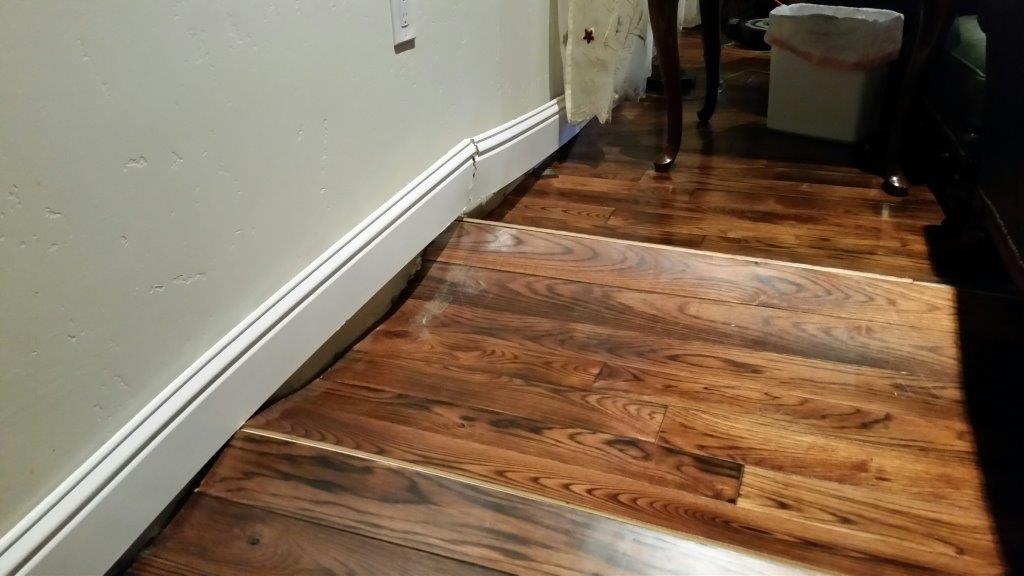Do's & Don'ts of Water Damage.
Do's & Don'ts of Water Damage.
Blog Article
We have unearthed this post pertaining to Ways to Reduce The Risk Of Fire And Water Damage directly below on the net and decided it made perfect sense to talk about it with you on my blog.

Water offers life, water intrusion on components where it's not intended to be can result in damages. If the water soaks into your framework, it can peel off away surface areas and wear down the structure. Mold as well as mildew also thrive in a damp atmosphere, which can be dangerous for your health and wellness. Houses with water damage odor old as well as moldy.
Water can come from many sources such as typhoons, floodings, ruptured pipelines, leakages, and sewer concerns. In case you experience water damage, it would certainly be excellent to understand some safety and security preventative measures. Below are a couple of standards on how to deal with water damage.
Do Prioritize House Insurance Insurance Coverage
Water damage from flooding dues to hefty winds is seasonal. However, you can likewise experience an abrupt flood when a damaged pipe unexpectedly bursts into your house. It would be best to have house insurance policy that covers both disasters such as all-natural calamities, and emergencies like damaged plumbing.
Don't Fail To Remember to Shut Off Energies
In case of a calamity, specifically if you stay in a flood-prone location, it would certainly be a good idea to shut off the primary electrical circuit. This cuts off power to your entire residence, stopping electric shocks when water is available in as it is a conductor. Do not fail to remember to turn off the major water line shutoff. When floodwaters are high, furniture will certainly move and create damage. Having the main shutoff shut off stops further damages.
Do Stay Proactive and Heed Climate Informs
Tornado floods can be really unforeseeable. Stay positive as well as ready if there is a background of flooding in your area. If you live near a river, lake, or creek , listen to emptying warnings. Take out valuables from the very beginning and also cellar, then put them on the greatest possible level. Doing so reduces possible residential or commercial property damages.
Don't Disregard the Roofing System
You can avoid rain damage if there are no openings as well as leaks in your roof. This will certainly stop water from streaming down your walls and also soaking your ceiling.
Do Pay Attention to Tiny Leaks
A burst pipeline doesn't take place over night. Typically, there are warnings that show you have actually damaged pipes in your house. You might observe gurgling paint, peeling wallpaper, water streaks, water discolorations, or leaking noises behind the wall surfaces. At some point, this pipe will rupture. Preferably, you should not wait on points to escalate. Have your plumbing fixed prior to it results in large damages.
Don't Panic in Case of a Burst Pipeline
When it comes to water damages, timing is vital. Hence, if a pipe bursts in your residence, immediately shut off your major water shutoff to reduce off the source. Call a credible water damage remediation specialist for aid.
Water gives life, water intrusion on parts where it's not supposed to be can result in damages. Residences with water damages odor stuffy as well as old.
Water damage from flood dues to hefty winds is seasonal. You may observe gurgling paint, peeling wallpaper, water touches, water stains, or trickling audios behind the wall surfaces. When it comes to water damage, timing is key.
Some Do's & Don't When Dealing with a Water Damage
DO:
Make sure the water source has been eliminated. Contact a plumber if needed. Turn off circuit breakers supplying electricity to wet areas and unplug any electronics that are on wet carpet or surfaces Remove small furniture items Remove as much excess water as possible by mopping or blotting; Use WHITE towels to blot wet carpeting Wipe water from wooden furniture after removing anything on it Remove and prop up wet upholstery cushions for even drying (check for any bleeding) Pin up curtains or furniture skirts if needed Place aluminum foil, saucers or wood blocks between furniture legs and wet carpet Turn on air conditioning for maximum drying in winter and open windows in the summer Open any drawers and cabinets affected for complete drying but do not force them open Remove any valuable art objects or paintings to a safe, dry place Open any suitcases or luggage that may have been affected to dry, preferably in sunlight Hang any fur or leather goods to dry at room temperature Punch small holes in sagging ceilings to relieve trapped water (don't forget to place pans beneath!); however, if the ceiling is sagging extremely low, stay out of the room and we'll take care of it DO NOT:
Leave wet fabrics in place; dry them as soon as possible Leave books, magazines or any other colored items on wet carpets or floor Use your household vacuum to remove water Use TV's or other electronics/appliances while standing on wet carpets or floors; especially not on wet concrete floors Turn on ceiling fixtures if the ceiling is wet Turn your heat up, unless instructed otherwise

I hope you enjoyed our part about What You Can Do At Home To Prevent Fire And Water Damage. Thank you so much for finding the time to read through our piece. Do you know about somebody who is very much interested in What You Can Do At Home To Prevent Fire And Water Damage? Take a moment to promote it. Thank you for your time. Come back soon.
Report this page